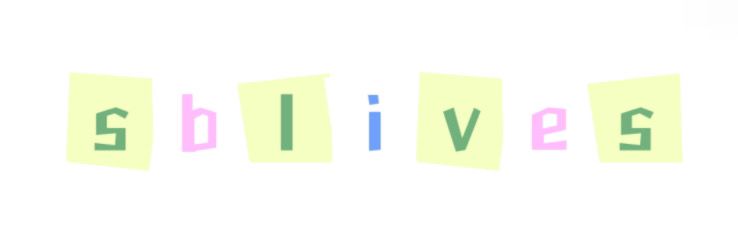How Can a Rubber Weir Benefit Laos' Water Management?
In recent years, water management has emerged as a critical challenge in Laos, a country richly endowed with rivers and a predominantly agricultural economy. A promising solution that has gained attention in this context is the rubber weir. This innovative water management structure offers various benefits that could significantly enhance the way Laos manages its freshwater resources.
The company is the world’s best rubber weir for Laos supplier. We are your one-stop shop for all needs. Our staff are highly-specialized and will help you find the product you need.
A rubber weir is essentially a flexible dam made from reinforced rubber, designed to regulate water flow in rivers and streams. Unlike traditional concrete weirs, these structures are lightweight and adaptable, allowing them to rise and fall with varying water levels. This adaptability is particularly beneficial for countries like Laos, where seasonal floods and droughts can cause significant fluctuations in river flow.
One of the standout advantages of rubber weirs for Laos is their ability to improve irrigation systems. Agriculture is the backbone of the Lao economy, and ensuring a steady water supply for crops is vital for food security and economic stability. By creating a controlled water level, a rubber weir can enhance irrigation efficiency, enabling farmers to access the necessary water at critical growing times. This can lead to increased crop yields, which not only supports local economies but also contributes to national food security.
Another key benefit of rubber weirs is their environmental impact. Traditional water management solutions often disrupt natural habitats and ecosystems, leading to a host of ecological issues. Rubber weirs, in contrast, offer a more environmentally friendly approach. Their flexible design allows fish and aquatic organisms to migrate freely, maintaining the ecological balance of river systems. This is particularly important for Laos, which is home to diverse wildlife and biodiversity.
In addition to its ecological benefits, a rubber weir can serve as a flood control mechanism. During the rainy season, heavy rainfall can lead to overflow and flooding, posing risks to communities and infrastructure. By regulating water levels, these weirs can mitigate flood risks, protecting not only local populations but also agricultural lands and vital infrastructure.
Financially, rubber weirs tend to be more cost-effective than traditional solutions. The initial investment for constructing a rubber weir is often lower, and their maintenance costs are minimal due to the durable materials used in their construction. This is an appealing option for Laos, where budget constraints can limit the implementation of larger-scale water management projects. Reduced costs mean that resources can be allocated to other pressing needs, enhancing overall community resilience.
Furthermore, rubber weirs offer flexibility in design and application. They can be tailored to fit specific geographic and environmental conditions, making them versatile tools for varied situations across Laos. Whether it’s enhancing irrigation in remote rural areas or offering flood management in urban settings, rubber weirs can be integrated into various existing systems effectively.
The ongoing discussions about sustainable development in Laos suggest a growing recognition of the urgent need for innovative water management solutions. The rubber weir for Laos exemplifies this shift, combining practicality and sustainability. As the country continues to face climate challenges, solutions like the rubber weir will be essential in managing water resources wisely.
In conclusion, the rubber weir presents a multifaceted solution to some of Laos's pressing water management challenges, ranging from improved irrigation and flood control to enhanced ecological preservation and cost efficiency. As the awareness of its benefits grows, it is crucial for stakeholders, including government bodies, NGOs, and the private sector, to consider investing in this modern technology.
To learn more about how implementing rubber weirs can transform water management in your region, or to explore opportunities for partnership and investment, please get in touch today. Together, we can work towards a sustainable future for Laos.
For more River Course Rubber Dam supplierinformation, please contact us. We will provide professional answers.
- 0

